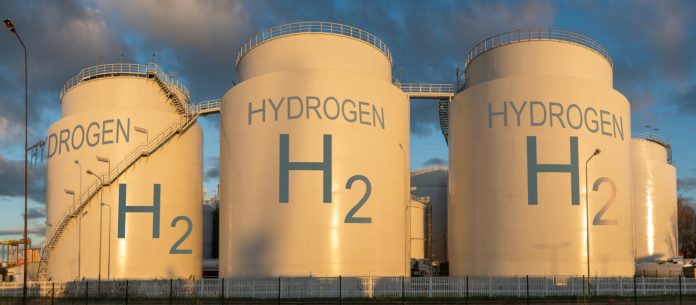The EU Hydrogen Bank started offering 800 million euros to hydrogen producers to stimulate demand for the fuel critical for industrial decarbonisation.
Europe aims to produce 10 million tonnes of renewable hydrogen annually by 2030. Brussels plans to help companies switch by compensating them for the difference between their ability to pay and the high prices charged by producers of clean-burning gas.
The EU’s new Green Deal chief, Maroš Šefčovič, stated at the launch on November 23:
“Today’s launch is about connecting supply and demand for renewable hydrogen.”
Using revenue generated from the EU carbon price, €80 per tonne, the “hydrogen bank” will match suppliers with off-takers and smooth over price differences.
It is about creating transparency about price points, which will help kickstart a European hydrogen market.
Transparency will allow outside observers to understand the market dynamics of the emerging hydrogen economy. Little hydrogen is sold today, as major consumers and refineries tend to produce it locally for their own utilisation.
A total of €3 billion has been allocated to the scheme, with the remaining €2.2 billion to be paid early next year. Support is capped at €4.5 per kilogramme and will be paid over ten years, with production due to start within five years once signed off.
Given the budget, the whole scheme could support a total production of at least 0.09 million tonnes of hydrogen or 0.9% of the annual target by 2030.
H2Global’s domestic hydrogen procurement scheme in Germany is worth around €5bn. The European hydrogen industry has long hoped to combine the two schemes, with other EU countries also putting money in the pot. The idea was officially endorsed by Berlin’s leadership in May, but has yet to be realised.
At the same time, €4 billion of ETS revenues will also go to other decarbonisation technologies, excluding the beneficiaries of the hydrogen bank.
60 per cent of the cost of large and small projects can be covered by the EU provided they can prove their GHG reduction potential, are cost-effective and are located in Europe.
“We are investing massively in this transition by using the revenues of emissions trading. This is a sustainable model that brings down emissions and boosts the competitiveness of European industry.”
€1.4 billion has been allocated to manufacturers of solar panel components, wind turbine parts, batteries, heat pumps and hydrogen electrolysers in order to reinforce the clean technology manufacturing base in the EU.
